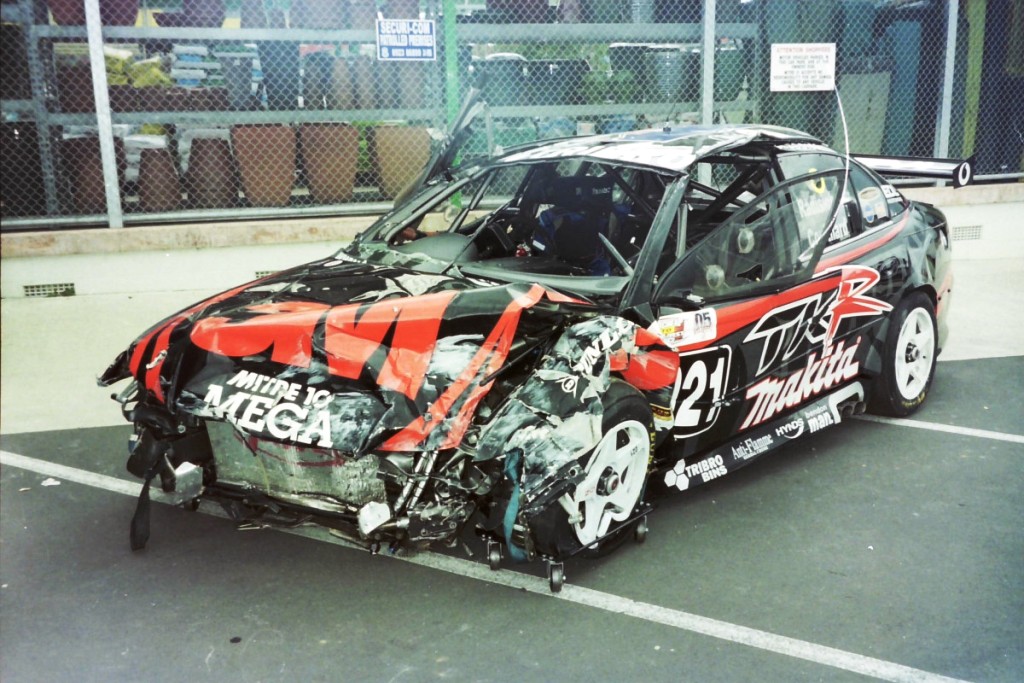Hey there, Miami-Dade County folks! Today, we’re diving into the world of collision repair. We know that Miami’s vibrant streets can sometimes lead to unexpected fender-benders. So, let’s talk about what collision repair is all about and what you need to know to get your ride back in top shape.
Understanding Collision Repair
So, what exactly is collision repair? Well, it’s the process of restoring a vehicle to its pre-accident condition after it’s been involved in a collision or accident. Whether it’s a minor fender bender or a more significant crash, collision repair is all about making your vehicle safe, functional, and looking good again.
Assessment and Estimation
The journey begins with an assessment. After the accident, a collision repair technician will inspect your vehicle to assess the damage. They’ll take a close look at the visible damage and sometimes even disassemble parts to check for underlying issues.
Once they have a clear picture of the damage, they’ll provide you with an estimate of the repairs needed. This estimate includes both the visible damage and any potential hidden damage that might be discovered during the repair process.
Insurance Involvement
In many cases, your insurance company will be involved in the collision repair process. You’ll need to notify your insurance company about the accident, and they’ll guide you through the claims process. They may also recommend a preferred collision repair shop, but remember, you have the right to choose your repair facility.
Choosing a Collision Repair Shop
Speaking of choosing a repair shop, it’s essential to select one that you trust. Here are some factors to consider:
- Reputation: Ask for recommendations from friends or family and check online reviews to get a sense of the shop’s reputation.
- Certifications: Look for certifications like ASE (Automotive Service Excellence) or I-CAR (Inter-Industry Conference on Auto Collision Repair). These certifications indicate that the technicians are trained and knowledgeable.
- Experience: Find out how long the shop has been in business. Experience often translates to expertise.
- Facility and Equipment: Visit the repair shop in person, if possible. A clean and organized facility with modern equipment is a good sign.
- Warranty: Ask about the repair shop’s warranty policy. A reputable shop should stand behind their work.
Repair Process
Once you’ve chosen a repair shop and the estimate is approved, the actual repair process begins.
- Disassembly: The damaged parts are removed from your vehicle, and any hidden damage is revealed. This step is crucial to ensure that all issues are addressed.
- Straightening and Alignment: If your vehicle’s frame or structure is bent, it will be straightened and aligned to factory specifications.
- Replacement and Repair: Damaged parts may be repaired if possible, or replaced if necessary. This includes everything from panels and bumpers to mechanical components.
- Painting: After repairs are made, the vehicle is prepped and painted to match the original color.
- Reassembly: Once the paint is dry, all parts are reassembled, and the vehicle is thoroughly inspected.
- Quality Control: A final quality control check ensures that the vehicle meets safety and quality standards.
Safety First
Safety is a top priority in collision repair. Modern vehicles are equipped with various safety features, including airbags and sensors. During the repair process, it’s essential to ensure that these safety systems are functioning correctly. That’s why it’s crucial to choose a repair shop that understands the intricacies of modern vehicle technology.
OEM Parts vs. Aftermarket Parts
When it comes to replacing damaged parts, you’ll encounter two main types: OEM (Original Equipment Manufacturer) parts and aftermarket parts.
OEM parts are made by the same manufacturer that built your vehicle. They’re designed to match your vehicle’s specifications precisely. Aftermarket parts, on the other hand, are produced by third-party manufacturers. While they can be more affordable, they may not always match the same level of quality and precision as OEM parts.
In many cases, insurance companies prefer the use of aftermarket parts to save on costs. However, you have the right to request OEM parts for your repair. Be sure to discuss this with your repair shop and your insurance company.
Paint Matching

Getting the paint just right is a critical aspect of collision repair. A skilled paint technician will match the new paint to your vehicle’s existing color, ensuring a seamless and uniform look. This process can be quite challenging, as factors like the age of the vehicle and exposure to the elements can affect the color.
Final Inspection and Delivery
Before you get your vehicle back, it undergoes a final inspection to ensure that all repairs were completed correctly. This includes checking for proper alignment, functioning safety features, and a flawless finish.
Once the repair shop is satisfied with the work, your vehicle is ready for delivery. Before driving away, take a moment to inspect the repaired areas and make sure you’re satisfied with the results.
Closing Thoughts
Collision repair is all about restoring your vehicle to its former glory after an accident. It’s a process that involves assessment, insurance involvement, choosing the right repair shop, and skilled technicians who are dedicated to safety and quality.
The next time you find yourself in need of collision repair in Miami-Dade County, you’ll have a better understanding of what to expect. Remember, safety comes first, and choosing a reputable repair shop is key to ensuring your vehicle is in good hands. Drive safe, Miami-Dade!

